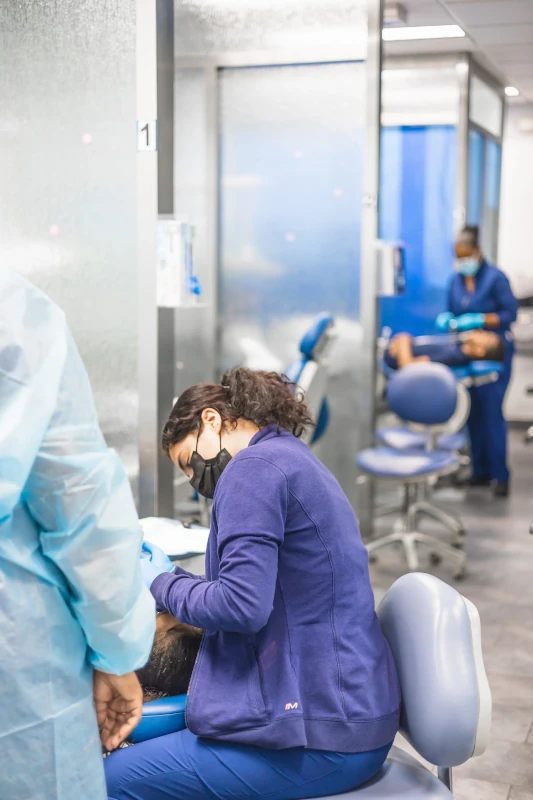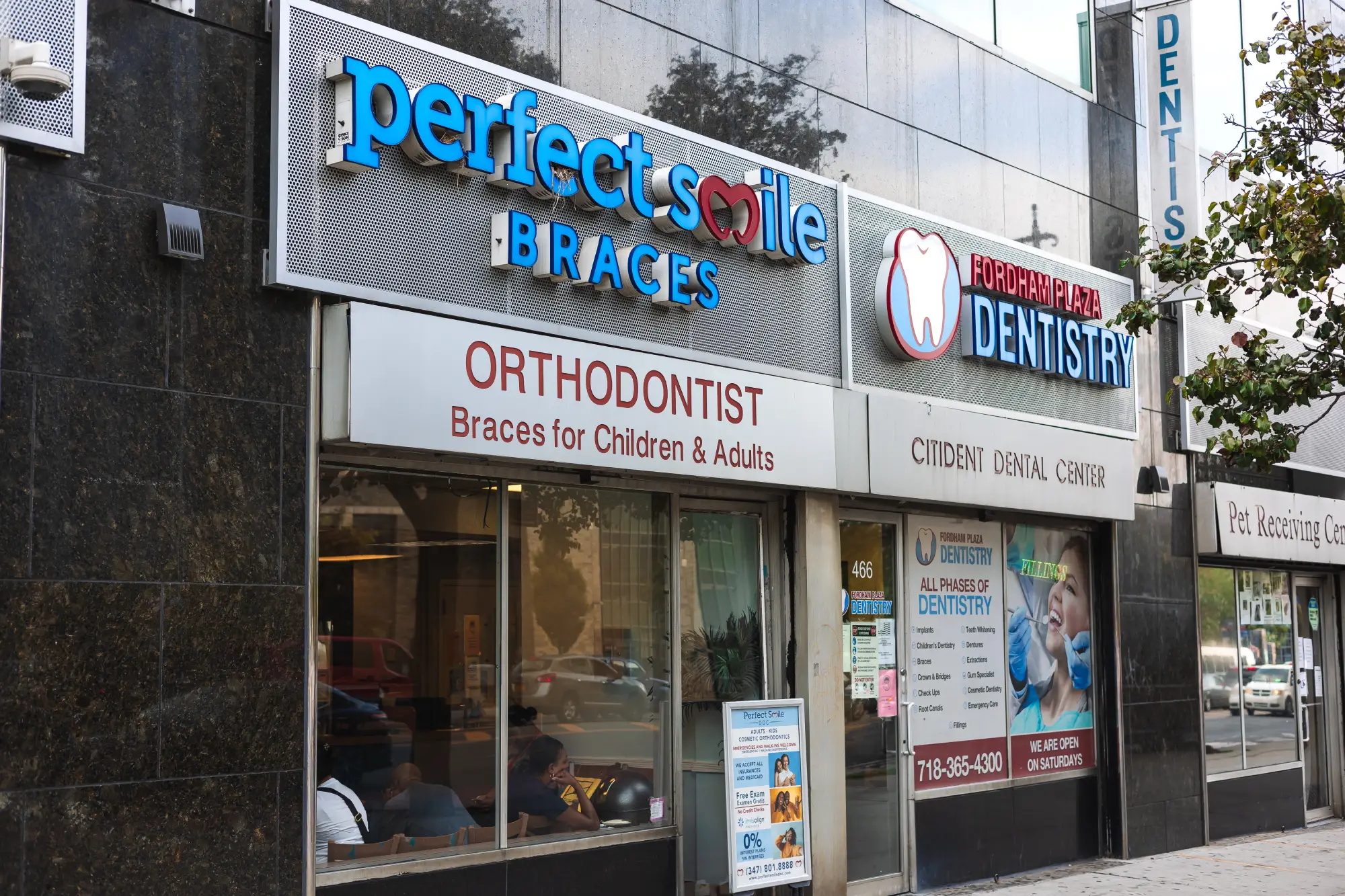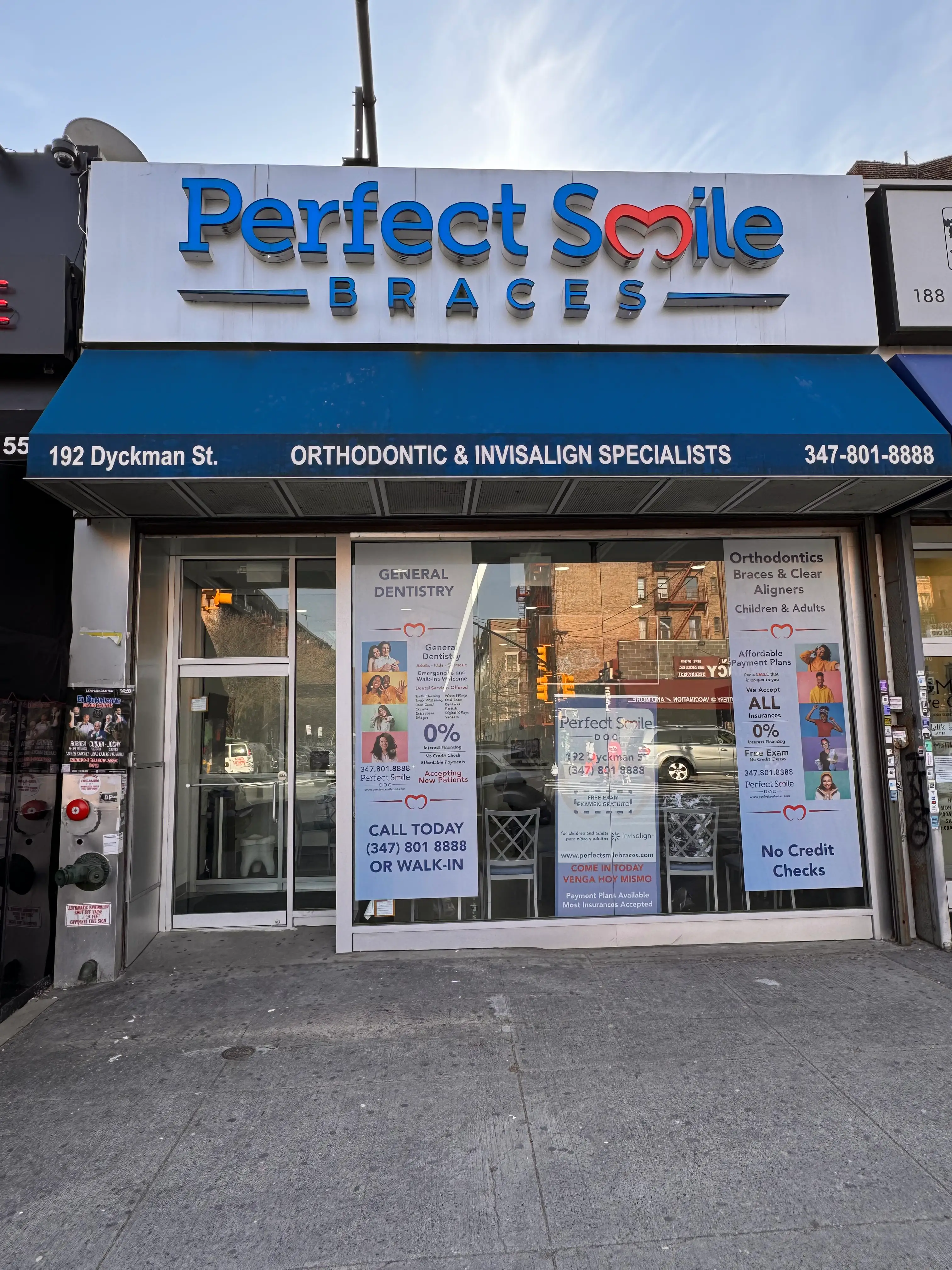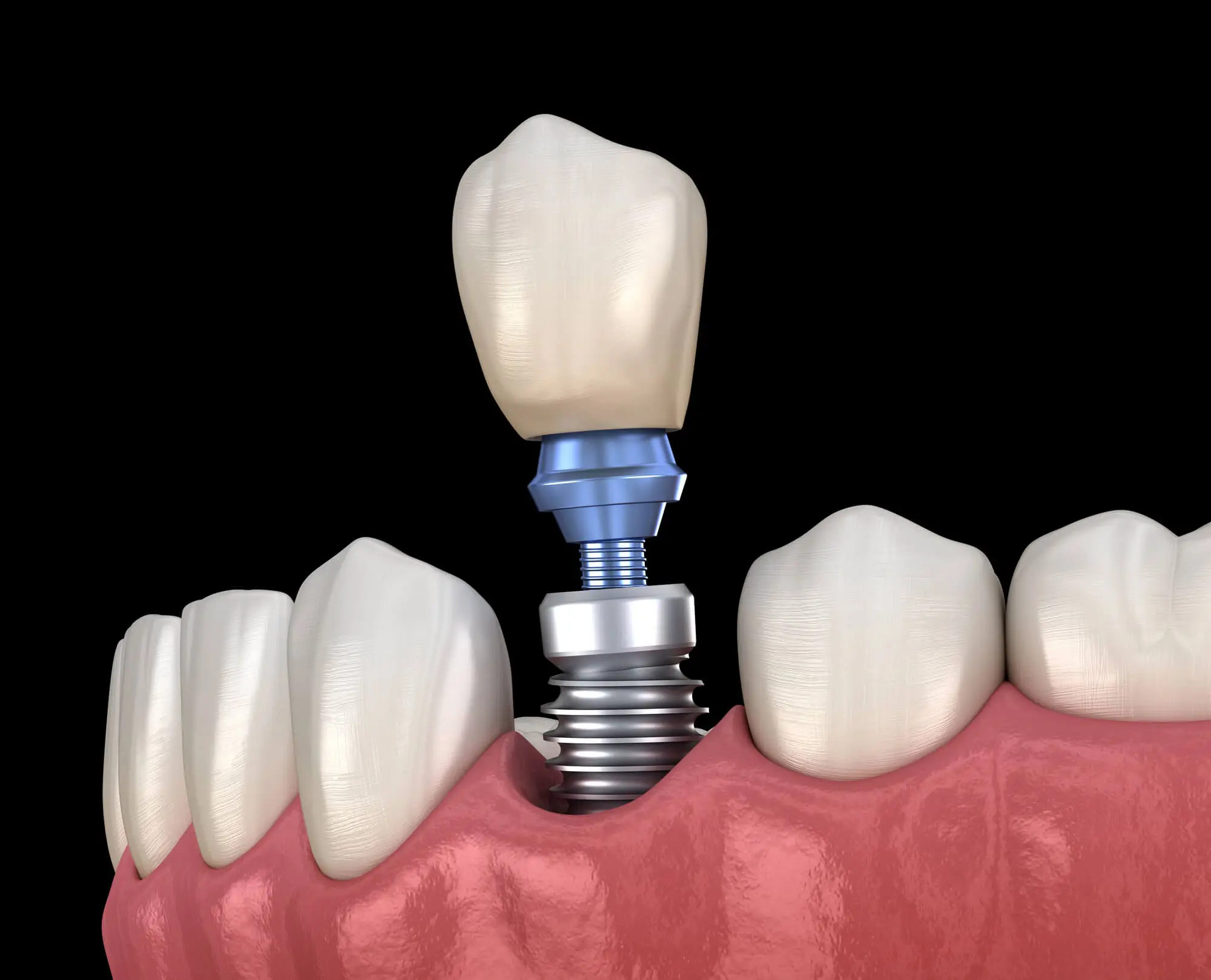Implant Surgery Aftercare: How to Recover from Each Step of the Process
Missing teeth can seriously impact your quality of life. While making eating and speaking harder, they can also become the source of various dental issues, like shifting teeth, a misaligned bite, and even further tooth loss. For that reason, dentists recommend replacing missing teeth right away, and an effective method for doing so is getting an implant in Dyckman.
Implants imitate the structure of your natural teeth, with a prosthetic tooth root attached to your jawbone, which allows them to offer unparalleled stability and durability. However, this also makes the procedure a surgical intervention, so following proper aftercare is key to ensuring their success.

Understand Dental Implants: How Do They Work
Dental implants are medical devices surgically placed into the jaw to improve a person's appearance or chewing ability. They consist of a dental prosthetic attached to a metal screw that replaces the root of a missing tooth. Implants can support dentures, crowns, and bridges.
Dental implant surgery may be a useful option in cases where bridgework or dentures do not fit properly. Additionally, this procedure may be necessary if natural tooth roots are insufficient to support dentures, bridgework, or tooth replacements.
The main advantage of implants is that they provide strong support for the new teeth by depending on the jawbone. However, for the same reason, the procedure necessitates that the bone firmly heal around the implant. This process can take several months because bone healing takes time.
How Is the Process for Getting Dental Implants
Getting dental implants involves several stages that can span over a few months to ensure the implant is securely integrated and fully functional. The typical steps involve:
1. Initial Consultation and Evaluation
Before being considered for implant surgery, your dentist will thoroughly examine your mouth. This involves visual examinations, dental X-rays, or 3D scans to assess the density of your jawbone in detail. Having enough jawbone is necessary for a successful implant placement, so your dentist will pay particular attention to this area.
If the jawbone lacks sufficient density or volume, bone grafting is done to strengthen the area. Once you're deemed a candidate, a customized treatment plan is created.
2. Tooth Extraction
If the damaged tooth is still present, it will be extracted before implant placement. Healing time may take several weeks to months before proceeding.
3. Implant Placement
A titanium post (the implant) is surgically inserted into the jawbone under local anesthesia. Healing and osseointegration (where the bone fuses with the implant) typically take 3–6 months.
4. Abutment Placement
Once integration is complete, a small connector called an abutment is attached to the implant.
The gums can heal around the abutment for a couple of weeks.
5. Crown Fabrication and Placement
A custom dental crown (the visible tooth) is crafted to match your natural teeth in shape and color. It is then securely attached to the abutment.
Recovery Tips for Each Step of the Implant Process
Dental implant placement requires several steps, but caring for them throughout each step is key to optimal healing and long-term success. Some tips for a smooth recovery on each one include:
1. After Tooth Extraction
Removing the former decayed or damaged tooth prepares the site for future implant placement. After the procedure, we recommend:
- Bite down on gauze for 30–60 minutes to stop bleeding.
- Avoid rinsing or spitting forcefully for 24 hours to allow clot formation.
- Apply an ice pack on the cheek for 15-minute intervals during the first 24 hours to reduce swelling.
- Avoid smoking, which impairs healing.
- Eat soft, cool foods for the first 24–48 hours (like yogurt or mashed potatoes).
- Sleep with your head elevated to minimize bleeding and swelling.
- Take prescribed painkillers or over-the-counter ibuprofen as needed.
2. After Implant Post Placement
During this step, the titanium implant is placed into the jawbone. To ensure a smooth recovery, some tips are:
- Keep pressure on the site with gauze to control bleeding for the first few hours.
- Stick to a soft-food diet for several days (smoothies, soups, eggs).
- Avoid chewing on the implant side until healed.
- Use ice and take anti-inflammatories to manage swelling and pain.
- Avoid strenuous exercise for 2–3 days.
- Practice good oral hygiene, but be gentle around the surgical site (use a soft brush and possibly a prescribed mouthwash).
- Report persistent pain, swelling, or signs of infection to your dentist or oral surgeon.
- Healing time before moving to the next stage can range from 3 to 6 months, depending on the patient and bone integration.
3. After Abutment Placement
This minor procedure exposes the implant and attaches a connector piece (abutment). While less draining than previous steps, good care is crucial to prevent infections in the area. You can achieve that by:
- Continuing brushing and flossing, but gently around the abutment.
- Eating soft foods for a few days, avoiding the area directly.
- Rinsing with warm salt water after meals to keep the area clean.
Minor swelling or tenderness is normal; ice packs and NSAIDs (ibuprofen) help.
4. After Crown (or Final Restoration) Placement
This is the final step, when the crown, bridge, or denture is placed on the abutment. While you may be excited to use your new restoration, following these tips is crucial to avoid issues at this step.
- Chew gently at first and gradually return to a normal diet.
- Maintain excellent oral hygiene, especially around the gum line and the implant.
- Minor sensitivity or soreness is normal and should subside within a few days.
- Avoid sticky or overly hard foods (like caramel, ice, or hard nuts) that could damage the crown.
- Continue routine dental visits for cleanings and implant checks.
- See your dentist promptly if the bite feels "off" or if the crown feels loose.
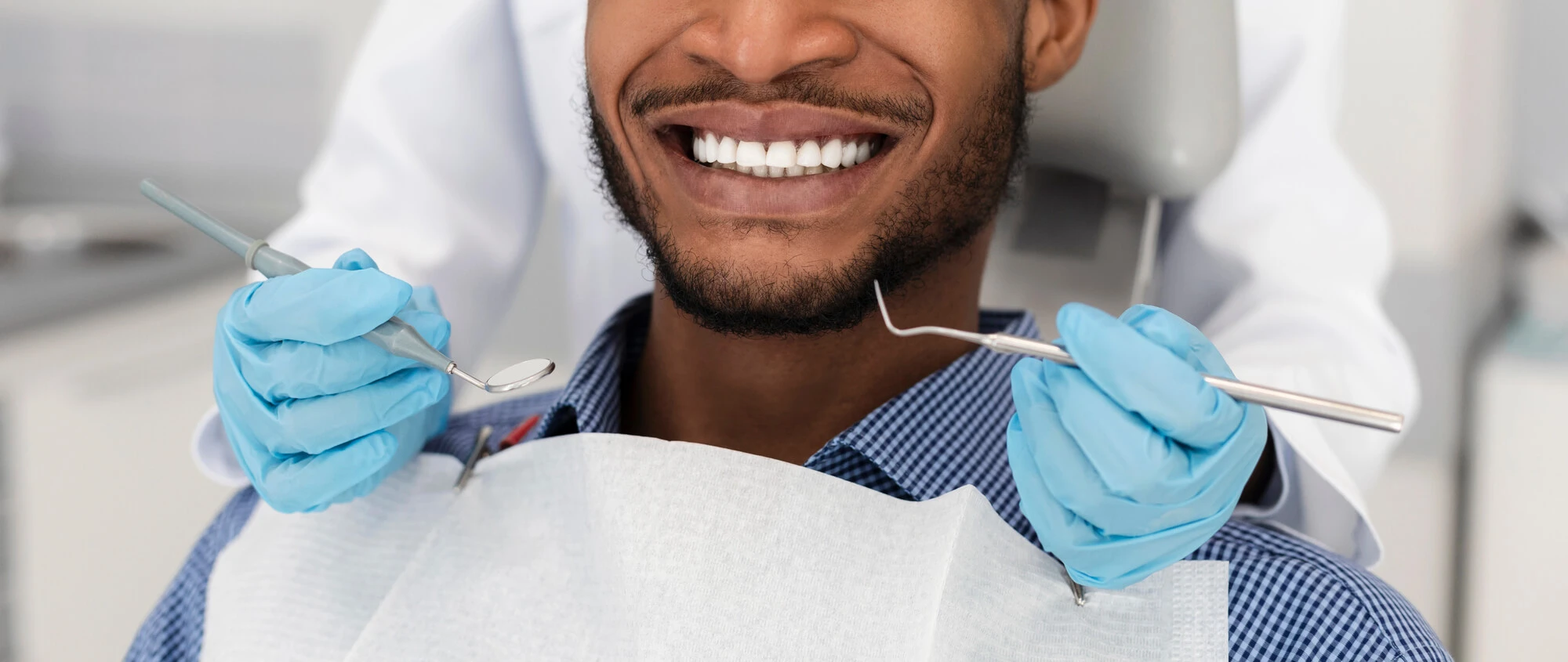
Ensure a Successful Recovery from Your Implant in Dyckman
The process of getting dental implants may seem long and taxing, but it’s often worthwhile. With proper care, fully healed implants have a 95% to 98% survival rate over 5 to 10 years. Following good aftercare practices is crucial to achieving that.
In addition to these recommendations, visiting your dentist at Perfect Smile Doc regularly allows us to monitor healing and the health of the implant. If you’re due for a checkup, reach out today!


